Chuwolsan Mountain (추월산)
15.3Km 2025-01-13
981, Chuwolsan-ro, Damyang-gun, Jeollanam-do
+82-61-380-3492
Located 13 kilometers away from Damyang-eup, Chuwolsan Mountain (731 m) was designated Jeollanam-do Provincial Monument No. 4 and is one of the five famous mountains of Jeollanam-do. It marks the boundary between Jeollanam-do, South Jeolla Province (Wolgye-ri, Yong-myeon, the most northern town in Damyang-gun) and Jeollabuk-do, North Jeolla Province (Bokheung-myeon, Sunchang-gun). The mountain has a dense forest, rock formations and stones, and rock walls that look like manmade fortifications with a narrow path to the west which can accommodate only one person at a time.
Shaped like a Buddhist monk lying down when it is seen from Damyang-eup's side, it is popular for its various naturally grown medicinal herbs as well as rare kinds of Chuwolsan orchids. The base of the mountain has gentle slopes and densely packed old pine trees, making it the best destination for families in summer. The hiking trail is hard to climb despite the fact that the peak is not very high. However, it is visited by mountain climbers all year long.
Before reaching Sangbong Peak, there is a hermitage and a mineral spring that never dries up. The peak also boasts an impressive view of the surrounding area, including Damyangho Lake. Chuwolsan Mountain was a battle site during the Imjin War along with the nearby Geumseongsanseong Fortress. The last battle of Donghak Peasant Revolution also took place at Chuwolsan Mountain.
Kim Myeong-gwan's House (정읍 김명관 고택)
15.6Km 2025-01-16
72-10 Gongdong-gil, Sanoe-myeon, Jeongeup-si, Jeonbuk-do
A typical example of an aristocrat's house, this residence was built in the 8th year of King Jeongjo's reign in the Joseon dynasty by Kim Myeong-gwan, the 6th generation descendent of Kim Dong-su. Kim Myeong-gwan carefully considered the principles of geomancy when choosing the location of the house, with Cheonghasan Mountain to the back and Dongjingang River to the front, and it took ten years to complete the house. Upon entering the main gate, the house reveals a balanced symmetry with the daecheongmaru (wooden floor hall) at the center. Every component of the house was placed and designed to create a balance with the surroundings and efficient movement within the premises. Because the house contains most of its original form and displays a beautiful harmony with the natural surroundings, it is regarded as valuable research material. Although there may be limitations, viewing is generally allowed.
Damyangho Lake (담양호)
16.4Km 2025-01-10
Geumseongsanseong-gil, Damyang-gun, Jeollanam-do
+82-61-380-3150
Damyangho Lake is a man-made lake, created in 1976 with the construction of a dam on Yeongsangang River. The lake is set at the base of the picturesque Chuwolsan and Geumseongsan Mountains, and its crystal clear water is the habitat of many different freshwater fish species including pond smelt, catfish, snakehead, carp and leather carp. With Damyangho Lake at the center, the area is surrounded by Chuwolsan Tourism Area, Gamagol Youth Camping Grounds and Geumseong Mountain Fortress. The mountain’s lakeside road, which passes through a tunnel at the mid-section of the mountain, is a popular scenic driving road.
Museongseowon Confucian Academy [UNESCO World Heritage] (무성서원 [유네스코 세계문화유산])
16.5Km 2025-01-17
44-12 Wonchon 1-gil, Chilbo-myeon, Jeongeup-si, Jeonbuk-do
Museongseowon Confucian Academy was built in 1615 to honor Silla's scholar Choe Chiwon (857-?). An important cultural heritage for understanding the principles of Confucianism and culture of the Joseon dynasty, it is recognized as a representative example of seowon architecture and listed as a UNESCO World Heritage Site. The traditional architecture still remains, and the surrounding scenery, including old ginkgo trees, is beautiful.
Damyang Resort Spa (담양리조트 온천)
16.9Km 2022-12-28
202, Geumseongsanseong-gil, Damyang-gun, Jeollanam-do
+82-61-380-5111
Damyang Resort is a large resort complex comprised of a hotel, spa, arboretum, and event plaza. The spa is spread over a ground floor and basement floor, with both men's and women's pools, as well as many event pools and an open-air hot spring. Additional facilities include a jjimjilbang (Korean-style sauna), skincare center, and massage center. The hot springs use water with a mix of 20 minerals, including germanium, strontium, sulfuric ions, calcium, and lithium. The mineral mix helps soothe skin, relieve stress, and improve blood circulation to prevent many diseases and ailments.
Honbul Literary House (혼불문학관)
18.0Km 2024-04-07
52, Nobongan-gil, Namwon-si, Jeonbuk-do
+82-63-620-6788
"Honbul" is an epic novel written about three generations of women from the Namwon Lee clan living under the rule of the Japanese in the 1930s. The word "honbul" literally means "a torch of the soul" and refers to the indomitable spirits of the women that persevered through hard times. The novel was written by the late Choi Myeong-hee over a period of 17 years and remains a much celebrated novel.
Sangsin Village and Nobong Village in Namwon-si are the hometowns of the author and served as the background of the novel "Honbul." Located inside the village is a traditional Korean house that is an example of yangban (noble class) architecture and the Honbul Literary House, where visitors have an opportunity to gain a deeper understanding of the novel "Honbul." At the entrance of Nobong Village stands a pair of jangseungs (Korean traditional totem poles), welcoming visitors inside.
Uhwajeong Pavilion (우화정(내장산))
18.5Km 2025-01-17
936 Naejangsan-ro, Jeongeup-si, Jeonbuk-do
+82-63-538-7875
Uhwajeong Pavilion takes its name from the legend that the pavilion once grew wings and ascended into the heavens. The pavilion is located in the middle of a lake on the way to Naejangsan Visitor Information Center. The scenery of the pavilion and foliage reflecting on the lake is like a painting. Various flowers, trees, reeds, and foliage surrounding the pavilion create a more beautiful view.
Naejangsan Cable Car (내장산 케이블카)
18.7Km 2024-04-07
936, Naejangsan-ro, Jeongeup-si, Jeonbuk-do
+82-63-538-8120
Visitors who take Naejangsan Cable Car will enjoy a stunning view of the entire park, then after a 300m walk from the cable car terminus they will reach Yeonjabong Peak’s observatory. The cable car starts from Naejangsan Visitor Information Center.
Naejangsan Mountain Visitor Information Center (내장산 탐방안내소)
18.8Km 2024-04-07
1207, Naejangsan-ro, Jeongeup-si, Jeonbuk-do
+82-63-538-7874
Located within Naejangsan National Park, the Visitor Information Center was first opened in July 1998 to promote the public’s understanding of nature and national parks, and to provide enhanced park services.
The Center features models of the topography and cultural relics of the mountain, videos of local plants and animals, and a history gallery.
Naejangsan Maple Ecology Park (내장산 단풍생태공원)
18.8Km 2025-08-18
273-17 Naejanghoban-ro, Jeongeup-si, Jeonbuk-do
Naejangsan Maple Ecology Park is created near Jaejangho Lake in Jeongeup and has diverse kinds of trees, included 11 types of indigenous maple trees. The park comprises diverse maple-themed recreational amenities such as Maple Experience Exhibition Center, various gardens, maple tunnel trails, and more. The best time to enjoy the park is in Novemeber when the fall foliage is at its peak and the park hosts a variety of events and exhibitions.
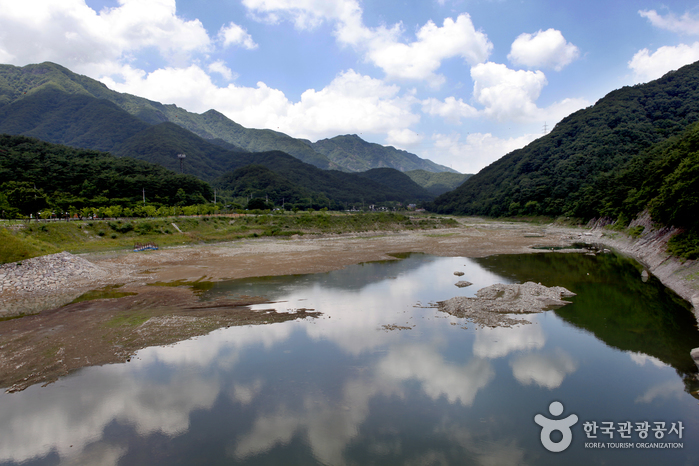
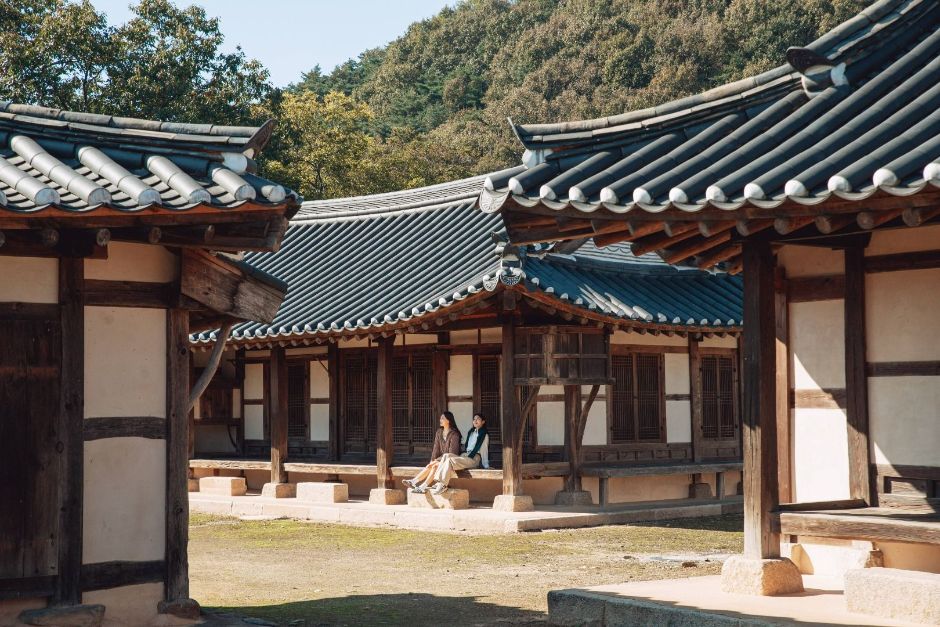
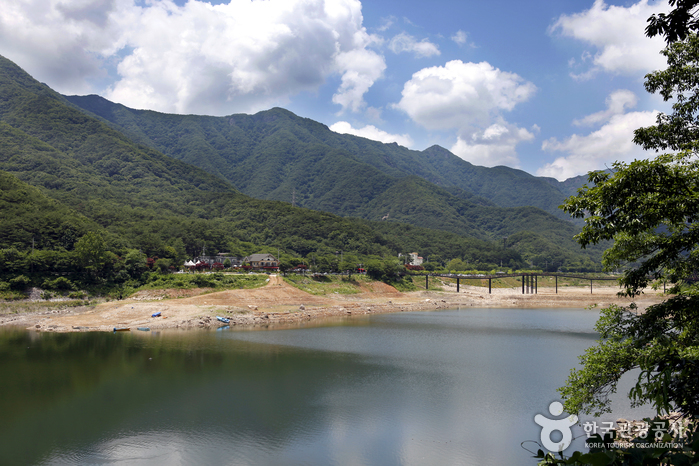

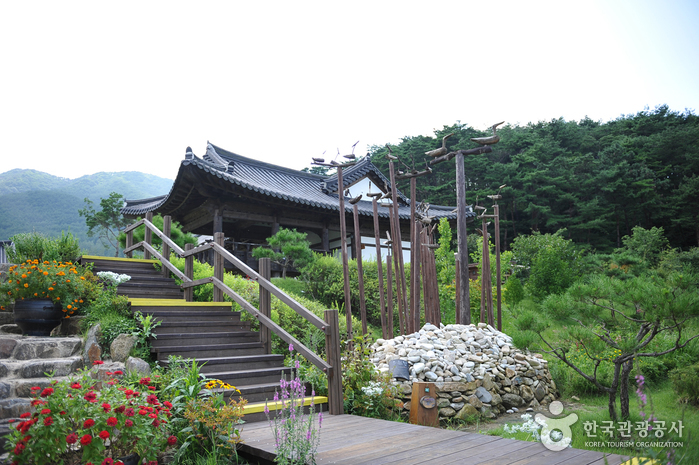
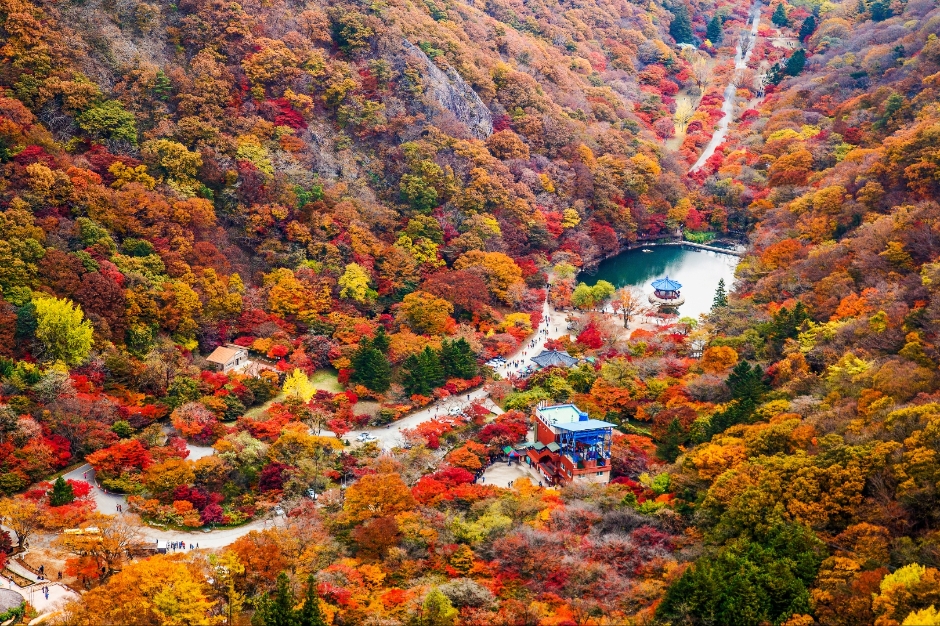
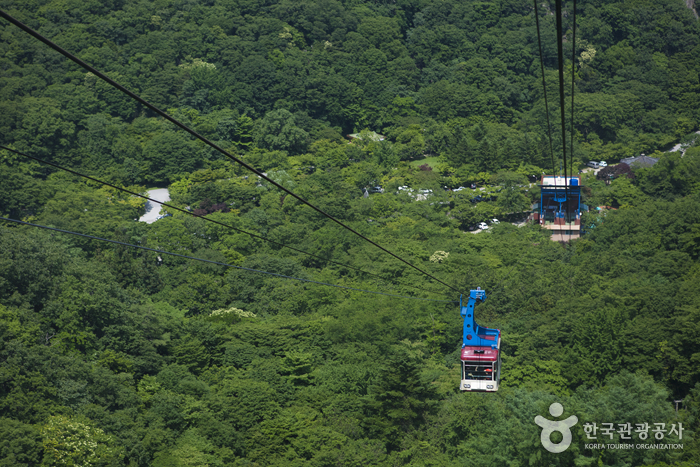
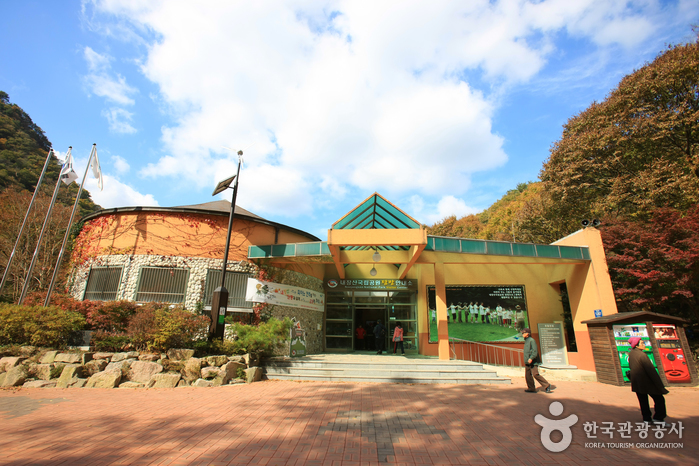
 English
English
 한국어
한국어 日本語
日本語 中文(简体)
中文(简体) Deutsch
Deutsch Français
Français Español
Español Русский
Русский